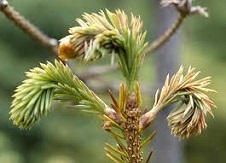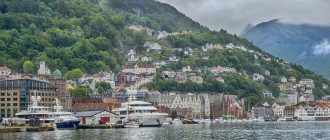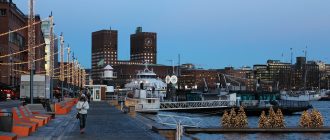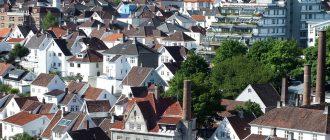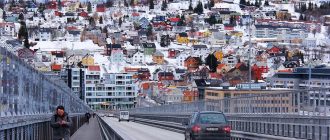The Norway spruce in some conditions is susceptible to top dieback. For more information on prevention and treatment read our guide for the facts…
Norway Spruce Top Dieback
Norway spruce is subject to dieback in the top crown of the tree. There does not seem to be one specific cause for the condition, but it occurs in virtually every geographic area where the tree is grown. Top dieback may occur in trees of any age and may be due to a number of problems, or may not have an identifiable cause. Some arborists recommend cutting away the dead portion of the tree.
Nutrient Deficiency
There are some ongoing studies into nutrient deficiencies as a cause of Norway spruce top dieback. Dieback may occur in young trees of 10 or 12 years of age or in much older trees and some arborists believe that poor soil conditions may be to blame. The theory is that nutrient deficiencies cause a narrowing of the vessels in the tree and prevent nutrients from reaching the growing top portion of the tree.
Dieback in the Eastern Alps
Studies done on a large number of Norway spruce trees growing at elevations of 900′ to 1200′ above sea level indicated the presence of multiple microscopic fungi in trees with top dieback. Austrian scientists are studying the organisms to determine if they are the actual cause of dieback or if they attacked the top of the tree after it died.
Drought, Stress and Bark Beetles
While normally resistant to pests, Norway spruce trees that have been stressed due to transplantation or drought may be attacked by bark beetles. There are a number of bark beetles found in the United States and some scientists believe they may be responsible for top dieback in the Norway spruce and other types of spruce and pine trees. Damage to root structures may also stress a tree and allow bark beetles to invade.
Old Age?
While top dieback can occur in trees of any age, some botanists believe that top dieback may occur in older trees when they are reaching the end of their lifespan. There is no clear cut information on the average life span of Norway spruce trees, so it is difficult to determine when a tree will stop actively growing. The theory is that when the tree ceases to grow it begins to die from the top down.
Solutions
While some people recommend cutting away the dead portion of the tree, others advise gardeners not to remove dieback. Since the cause of dieback remains unclear, cutting away ten to twenty feet from the top of the tree seems to be more aesthetic than therapeutic. A trained arborist may be able to determine the cause of top dieback for a particular Norway spruce and offer advice about proper treatment for the tree.

